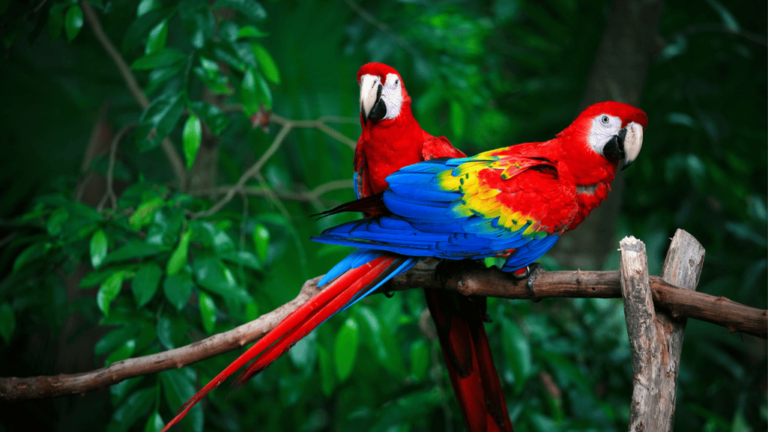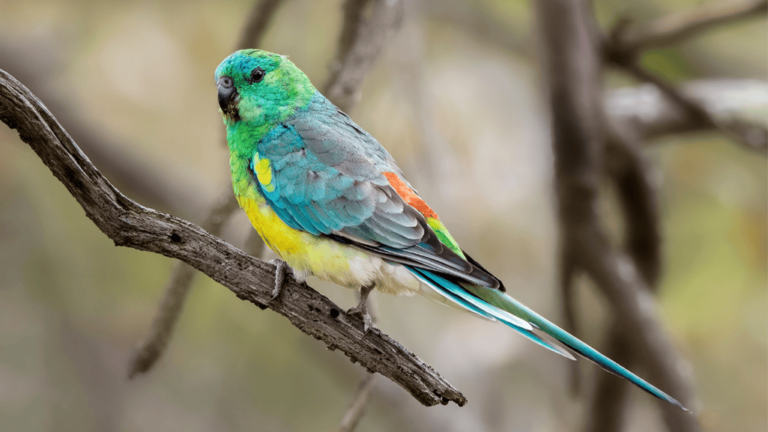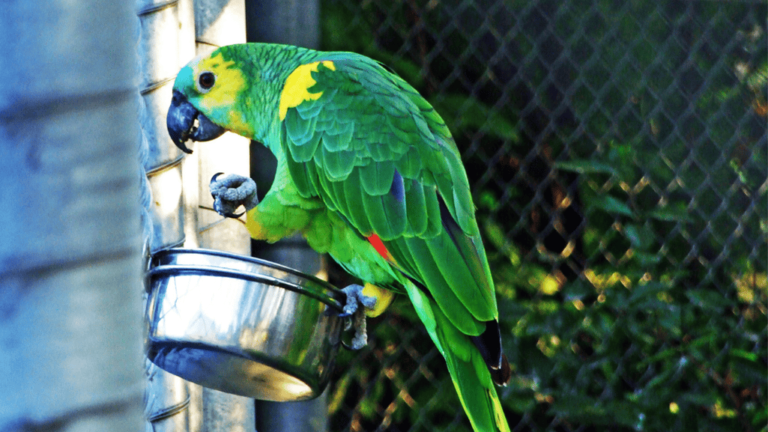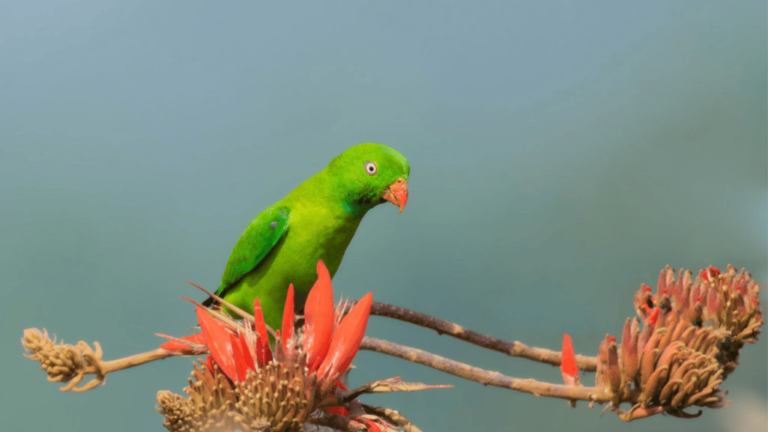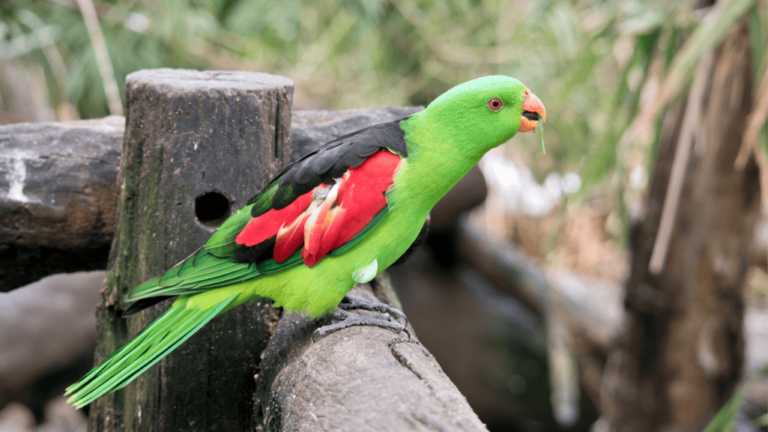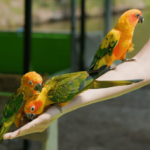The White-winged Dove stands out with its white stripe and black-tipped wings. It’s a symbol of the diverse bird life in the southern United States and South America. These birds are known for their unique White-winged Dove characteristics. They live in different places, from dry scrublands to areas full of life.
These doves are key to the region’s bird life. They show nature’s grace and strength. To learn more about the White-winged Dove facts, read more details on the White-winged Dove.
Key Takeaways
- White-winged Doves have a unique look with white wings and black tips.
- They live in many places in the American southwest and into Central and South America.
- Learning about White-winged Dove characteristics shows how adaptable and beautiful they are.
- White-winged Dove facts cover their complex behavior, diet, and how they migrate.
- It’s important to protect the White-winged Dove population.
- Knowing more about these doves helps protect them and promotes safe wildlife interactions.
Identifying the White-winged Dove
Learning to spot the White-winged Dove starts with noticing its unique looks and where it likes to live. These birds are becoming more common in many parts of America. They live both in the wild and in cities.
Physical Characteristics
The White-winged Dove has a sleek look with a plump body, small head, and a short tail. It’s mostly brown but has a white stripe on its wings that shows up more when it flies. Its face is special with a black cheek streak and blue skin around bright red eyes.
Native Regions and Habitats
These doves live in many places, from cities to deserts and grasslands. They like areas with trees for their nests and open spaces for finding food. They eat grains and berries, showing how well they adapt to different places. They can be found from the Southwestern U.S. to Central America and the Caribbean.
| Average Size | Distribution | Preferred Habitats | Behavior |
|---|---|---|---|
| Medium-sized, plump body | Common in towns and suburbs, particularly in Texas and the coastal Southeast | Suburban, agricultural areas, dry habitats with trees and open areas | Forages on ground for waste grain and seeds; often found eating berries in trees |
White-winged Dove Behavior and Lifestyle
The White-winged Dove behavior is quite interesting. These birds have learned to live well in cities, changing how they find food and where they live. They are common in the southwestern U.S. desert, where they eat the fruit of the saguaro cactus. This shows how important they are to the desert ecosystem.
The White-winged Dove lifestyle fits well with its surroundings. They like to be together, gathering at places with water and food. In cities, they eat grains left out by people, showing how flexible their diet is.
In the wild, these doves help spread seeds around. But, they can get aggressive when fighting over food, especially at bird feeders. This shows how they interact with their environment and other birds.
Knowing how these doves behave is key to protecting them. Groups like work to keep their numbers up. They want to make sure these birds can keep living in their natural places.
| Characteristic | Detail |
|---|---|
| Social Behavior | Forages in flocks; aggressive at feeders |
| Nesting | Nests in trees 5-30 feet above ground, uses man-made structures in urban areas |
| Adaptability | Highly adaptable to urban environments, adjusts diet based on available resources |
| Ecosystem Role | Seed dispersal, saguaro cactus pollination |
| Conservation Status | Low concern, population increasing in urban areas |
The White-winged Dove lives in both nature and cities, showing how they can adapt. Their growing presence in cities is changing their behavior and way of life.
The Unique Diet of the White-winged Dove
The White-winged Dove’s diet is fascinating and shows how they survive in tough places. They eat cacti fruit a lot, especially when it’s available. This helps them live in places like the Sonoran Desert.
Feeding on Cacti Fruits
In the Sonoran Desert, cacti fruit diet is key for the White-winged Dove. They eat a lot of saguaro cactus fruit in July, when it’s ripe. Saguaros make up over 90% of their food during this time.
As the seasons change, they eat different foods. They switch to other sources when cacti fruits are less common.
Foraging Habits and Adaptations
The White-winged Dove has special ways to find food. They mostly forage on the ground, eating seeds. They also go into shrubs and low trees for berries and other fruits. This helps them survive in different seasons and places.
| Food Source | Percentage | Season |
|---|---|---|
| Saguaro Fruit | 90% | Summer (Peak in July) |
| Seeds and Mast | Variable | Year-Round |
| Other Fruits | Minor | Seasonal Availability |
Learn more about bird diets and how species like the Owl Finch help ecosystems. Check out ornithological studies for more info.
The White-winged Dove eats a lot of cacti fruit but also changes its diet to survive in different places. This shows how well they’ve adapted to life in North America’s dry areas.
Migration Patterns of the White-winged Dove
The White-winged Dove migration is a remarkable journey. These birds travel from Central America to the Sonoran Desert. Their trip is both strategic and vital for their survival.
They arrive in the desert at the perfect time. This is when the saguaro cacti bloom. This ensures they have food for breeding and feeding.
White-winged Doves depend on the cacti for food and are important pollinators. They help keep their habitat alive.
Human actions affect their numbers. Sometimes, they are seen as pests or game. But, they adapt to different environments, from deserts to farms.
Statistics show how these birds survive. They eat different seeds and grains along their way. This helps conservation efforts to protect their habitats.
Learning about the bird migration patterns of the White-winged Dove helps us understand North America’s ecosystems. They play a key role in pollination and seed dispersal. This shows how species are connected and why conservation is important.
White-winged Dove Breeding Rituals
The White-winged Dove’s life cycle is filled with a detailed breeding process. They have special behaviors and strategies for spreading their kind across different places. Their way of making babies shows how complex bird life can be.
Courtship and Mating
The start of breeding for White-winged Doves is marked by unique male displays to draw in females. Males show off in the sky and make deep “coo-coo-coo-coooh” sounds to show they’re ready to mate. This act is key in choosing a mate, making sure only the strongest males get to pass on their genes.
Nesting Preferences and Strategies
White-winged Doves pick their nesting spots carefully, showing their smart ways of making babies. They like to nest in places that keep them safe and have plenty of food. They often pick trees or cacti with lots of leaves to hide from predators. These birds can change where they nest based on their surroundings, helping them live in many places.
| Breeding Statistic | Value |
|---|---|
| Average Clutch Size | 2 eggs |
| Fledging Success Rate | 2.2 chicks per breeding season |
| Incubation Period | 14 days |
| Nestling Phase | 13-16 days |
Both male and female White-winged Doves take turns to keep the eggs warm during incubation. After the eggs hatch, they also work together to keep the young safe from the heat and dangers. This teamwork helps the babies survive and grow better.
In conclusion, the breeding and nesting habits of the White-winged Dove are key to their survival. They show how animals and their environments work together. Understanding these behaviors helps us see how important it is to protect the places where these birds live.
Understanding the White-winged Dove Population
The white-winged dove population has changed a lot over time. It shows how they can bounce back and adapt. These changes are linked to human actions, like building cities and managing wildlife.
Back in the early 1900s, the dove population in Texas fell from 12 million to less than 1 million by 1939. This was mainly because of losing their homes and being hunted too much. But, thanks to better management and their ability to live in cities, their numbers started to go back up. By 2001, the white-winged dove population in Texas was around 2.2 million.
These doves have not just recovered but also spread out a lot. They used to mainly live in the Lower Rio Grande Valley. Now, they can be found as far north as Alaska and as far east as Maine and Newfoundland.
- The oldest recorded white-winged dove lived to be at least 21 years and 9 months old, underlining the potential longevity of the species.
- The species’s adaptability is further highlighted by its expansion into urban areas, where they have sometimes displaced smaller dove species numbers such as Mourning and Inca doves.
Trying to manage hunting and giving them new places to nest, like in citrus orchards, has really helped them recover. This change lets them not just survive but also do well in new environments. In cities like Houston, their growing numbers show how well they’ve adapted to city life, which affects dove numbers in the area.
This resilience and ability to adapt make the white-winged dove a fascinating study subject. It shows how they handle environmental changes and city growth.
White-winged Dove Conservation Efforts
Urban growth and changes in the environment have made it crucial to protect White-winged Doves. It’s important to know their living spaces and the dangers they face. This knowledge helps in making plans to save them.
Challenges and Threats
White-winged Doves were once common, especially in forests along rivers. But now, their homes are being destroyed by human actions. In places like San Antonio, their numbers are dropping due to city growth.
Studies show that more buildings and climate change are taking over their natural areas. This means less food and places to live for the doves.
Protection and Recovery Plans
To fight these threats, many groups are working together to save the White-winged Doves. They’re fixing up their homes, making laws to protect them, and teaching people to help. These efforts aim to lessen the harm humans cause.
Research and watching these birds help us understand what they need. This knowledge guides how we protect them. People are also joining in, helping through science projects and learning about birds.
| Year | Population Estimate | Location |
|---|---|---|
| Early 1900s | Several million | Rio Grande River, Texas |
| 2001 | 1.3 million | San Antonio, Texas |
| 1987-1992 | Most breeding evidence | South Texas regions |
| 2005 | Confirmed breeding | Most Texas counties |
| 1994-2003 | 10-30 doves per route | South Texas Brush Country |
| 1980-2006 | +13.0% annual population change | Texas |
Hunting these doves also brings in money, showing we need to protect them for everyone’s benefit. This way, the doves and people living nearby can thrive together.
Hunting the White-winged Dove
The start of dove hunting season brings excitement for those who love the sport. For White-winged Dove hunting, having the right gear is crucial. This includes shotguns and ammo made for fast-moving doves. Hunters also need decoys and camouflage to hide in the wild.
Preparation and Gear
Getting ready for the hunt means knowing the White-winged Dove well. They have a white wing bar across the wing and a rounded blunt tail. These features help hunters spot them easily in the sky. Having the right gear and understanding dove behavior, like their high-flying flocks, is key to a good hunt. Check out this article for more tips.
Effective Hunting Strategies
Good hunting tactics start with scouting where doves eat and drink. The best time for White-winged Doves is from noon to sundown. Mourning doves fly early, but White-winged Doves start later, around 7:30 a.m.
Being patient and quiet is important. Hunters do well near water in the early morning. Seeing the white flash as doves fly can mean the difference between a good and a bad day.






